Do you remember when only celebrities and major companies had personal brands?
Actors, musicians, Fortune 100 businesses, and athletes got all the attention and dominated the airwaves.
However, all of that’s changed now.
Nearly anyone willing to put in the time, effort, and build their niche can become a ‘thought leader’ who gets all of the traffic (and customers) in their space.
It won’t happen overnight, of course.
You only need to do a quick Google search to see that ordinary people from all over the world are using these new tools to craft personal brands that attract countless people to their websites and social media profiles.
The trick is knowing exactly where to spend your time to get the results you’re after.
There are a lot of strategies and tactics out there that will be a complete waste of time.
But follow the seven simple, proven steps below to become the go-to expert in your space.
Step #1. Start by finding your niche
There’s a saying about SEO traffic that highlights something most people miss.
You can’t create search demand. You can only harvest it.
That means you can’t force people to search for a specific keyword. They either already do or they’re searching for something else.
Your job in SEO is to recognize that and work instead on getting as much traffic you can from words that are already popular on their own.
Personal branding is similar, believe it or not.
For example, being the best CrossFit pug breeder in the world is worthless if there isn’t already a market or niche for that. (Seriously, is there?!)
The niche selection process is really important! You don’t want to spend all the time and energy necessary to link your brand to a niche that’s not growing.
For example, online marketing is my personal niche.
There’s a good reason why!
The number of people around the world using the internet continues to explode.
As a result, advertising dollars continue to shift from offline to online.
For example, there was a 19% increase in online ad revenue (up from $27.5 billion) over just the past year. Then look at how much those numbers have changed in the last ten years!
I’ve personally been doing SEO and online marketing for almost this entire decade now.
I’ve helped companies of all sizes grow their revenue online, and there’s always one problem they keep asking about: Traffic!
That’s because you obviously can’t grow sales without customers. And you can’t get customers online if there’s no traffic.
In other words, the vast majority of people who are interested in online marketing are focused on getting more traffic.
That’s why most of my offers all revolve around this one pain point.
And I get the most joy out of working with business owners or marketers directly. Helping someone grow their site is incredibly gratifying.
That’s why I’m constantly giving away free advice on this site (and my others sites). I want to see people succeed with online marketing.
So where should you start?
That’s a good question because there’s no right answer necessarily.
But here’s where I think you should start.
Pick something specific that you can do better than 90% of the world.
Why is that so specific? Because you can probably do a lot of good things, but that doesn’t mean you’re an expert in every single one of them.
The only way to create a personal brand is by becoming the go-to, recognized authority on a specific topic.
And if you’re not an expert on it, someone else will be. So don’t afraid to go small or narrow to dominate a topic.
The “online marketing” space, for example, is massive, and it’s taken the better part of a decade for me to become a recognized authority.
But take someone like Brian Dean, who decided to go deep on a particular topic instead of biting off more than he could chew.
Notice how he perfectly positions his personal brand. It’s all about backlinks and rankings for SEO.
Then the site’s graphics, design, and testimonials all reinforce those points.
There’s another important ingredient for a successful personal brand, though. One that deals more with your own style and point of view on this topic.
Step #2. Inject personality into your personal brand
The first step (finding your niche) is about your own skills and potential market value.
The second step is about what you personally bring to the table. It’s about your point of view or ‘tone,’ which will help differentiate you from everyone else who talks about those same topics.
For example, I want to be seen as personable and down-to-Earth.
That’s why I often will use slang or say “dude” when writing. We might be talking about a technical topic, but I want to help you understand it in an easy-to-digest format.
A similar example is Ramit Sethi from I Will Teach You To Be Rich.
He works in the personal finance space, which is full of questionable people that give suspicious recommendations.
So Ramit takes the opposite approach, using casual language, inside jokes, and F-bombs to show you that he’s being honest and holding nothing back.
My favorite recent rant is this one on avocado toast, during which he completely debunks terrible “advice” from another personal finance columnist.
Ash Ambridge at The Middle Finger Project also uses strong language and a no-B.S. attitude that gets people to sit up and take notice.
Being polarizing like this might turn some people off, but it can also help you create raving fans who might feel like a politically-correct to the same material comes off as disingenuous.
There’s even a hilarious page on Ash’s site that compares when she was more ‘buttoned down’ almost a decade ago compared to what she’s like now.
Now, contrast that example with someone who talks about similar topics, but in a completely different style and tone: Marie Forleo.
They might both cover similar topics, but Marie’s personality (and therefore, content, design, and other branding elements) are polar opposites.
If Ash sometimes slips between PG-13 and rated R, Marie is firmly rated G.
So what you’re saying is important, yes. But how you’re saying it can be equally so.
Step #3. Create your brand identity
Have you noticed a trend with the past few people mentioned?
From my own website to Ramit, Ash, and then Marie?
Go back and look at their websites real fast and tell me what you notice.
The design is impeccable.
They each have custom sites, beautiful photography, and even their own logos or ‘marks’ that are easily identifiable.
Why the heavy investment in the look and feel of these sites?
Because according to one academic study, 94% of the time someone’s first impression is based on design, and it only takes 50 milliseconds for that split-second decision to get made.
So a massive part of creating a personal brand is looking the part in the first place.
There’s a secondary benefit, as well.
Consistent design helps them become recognizable no matter where they decide to post or interact online, from their own to media sites like Entreprenuer.com or even Facebook and Twitter.
The first step to that is your own brand mark or logo. Here are some of my favorite resources to make it happen.
99designs crowdsources design samples from people all over the world. So you can set a budget and explain what you’re looking for, then sit back and watch designers start submitting ideas.
Then you can decide which ones are on the right track, give them feedback to further revise the logo, and disqualify the rest.
Best of all, if you’re completely unsatisfied with the options, you’re not locked into paying!
If you don’t think the design examples you received are up to snuff, you can simply use the company’s 100% money-back guarantee to get your funds back.
Another less-expensive alternative is LogoNerds, which is ideal if you’re on a budget. These logos start for as little as $29!
Many times, you can even have LogoNerds create a few samples to get ideas, and then take those off to a more seasoned designer to show them the direction you like or don’t like.
Once you’re ready for the big leagues (with a budget to match), you can find amazing designers to work with personally on Dribbble.
The best designers will use Dribbble as a way to showcase their work and latest projects so that you can get a sense of their style.
Many will also show off brand concepts or logo ideas, like these Brand Elements from Steve Wolf, so you can get a feel for what your own might look like.
Professional design is often what separates the ‘real’ experts from everyone else.
So start small with a logo to establish that working relationship with a designer you like, because they’re going to be worth their weight in gold when it comes time to redesign your website.
Step #4. Create and redesign your own personal site
Look:
There’s a TON of noise out there.
You’ve probably already heard all the statistics. Like the one that says there are two million blog posts are published daily.
And that’s from years ago… so how many do you think are there today? Possibly even three or four million?
So not only does your stuff need to be good, but it needs to be going out frequently, too (like several times a week at least).
Continually putting out good stuff under your own name starts to create that connection between you and the topic target you’re aiming at.
Here’s what I mean.
Google “Neil Patel marketing” and tell me what you see.
My content shows up all over the place, from Entrepreneur.com to Inc. and beyond.
Those sites are so big that they’re often ranked at the top of the search engines. So imagine you work hard to become an expert on a topic, but then when people Google you, they end up going to a different website instead of your own.
Frustrating, right?!
That’s why having your own site, and then working hard to raise its profile, can be an invaluable part of reinforcing your own personal brand.
See! I own and control almost every site on the first page of the SERPs for my name.
So if anyone is looking for more information about me, they go to one of my websites instead of someone else’s.
And that means I’m able to convert a much higher percentage of people into new, interested leads each month.
My content and social strategies are among the main reasons that my sites rank above those other mainstream media sites. Here’s why.
Step #5. Carve out a content and social strategy
Content marketing “costs 62% less than traditional marketing and generates about three times as many leads.”
That stat says about all there is to say!
Look back at the SERP example in the last step.
The reason all of my websites rank highly for my name is because of all the hard-earned content I’ve been pumped out for years and years.
There’s no secret, then. Just a lot of consistent hard work.
Personally, I find long, in-depth content works the best for generating leads and ranking well. For example, some of my posts are over 10,000 words and require a full table of contents!
But look at those social share numbers!
My readers love long-form content (the stats back it up), so I keep delivering.
The same goes for my advanced guides, which in addition to being in-depth, are also beautifully designed (which wasn’t cheap, either).
The trick here is to figure out what kind of content works best for you and your readers.
For example, MarketingProfs is another big website catering to marketing professionals. However, its content is totally different from mine.
MarketingProfs focuses on seminars, webinars, and other data as opposed to in-depth guides. So there’s no ‘right’ answer, necessarily.
Your content strategy should also extend to your social media channels.
But keep in mind: You shouldn’t necessarily be on every single social platform.
Spreading yourself too thin (and then not updating each frequently enough) is almost worse than not being on any social platforms at all.
So once again, go back to your own audience. Where are they?
For example, here are the biggest social sites right now based on audience size.
Your own product or service plays a key role, too. For example, a wedding planner might not gain much traction on Twitter. However, if said wedding planner switches their focus to an image-focused social platform, like Pinterest or Instagram, they’re in business!
Step #6. Guest blog to promote your brand
In the early days, nobody really knows who you are.
That’s OK! It’s just critical that you realize this early before it’s too late.
If you spend all of your time initially only putting out good content on your own site, you’re unfortunately going to be wasting your time.
Instead, you should almost spend more time trying to get on other sites first.
These already have the traffic and audience numbers you need. Becoming a regular on a huge site like Forbes suddenly gives you a presence in the industry.
Now you can leverage those eyeballs and that attention to drive people back to your own site when they start looking for more information about you.
Many times, these sites will allow you to add your own bio and title, too.
So instead of the generic “Founder of a Company That Nobody’s Ever Heard From,” you can use that valuable real estate to start planting the seed for your personal brand. Incorporate your niche and bring in elements of your personality.
Step #7. Seek out mentors
There’s no such thing as a “self-made” successful person.
They had to have had help from someone, somewhere, at some time in their life.
Similarly, becoming a recognized expert in a field can be incredibly challenging at first.
And you’ll eventually need other big-name players in the industry to ‘recognize’ you as an expert, which will help you pull yourself along until you can reach the top.
Even Tiger Woods, arguably the most successful golfer of all time, has worked with a swing coach for almost his entire career.
Think about that.
The guy arguably doesn’t need to listen to anyone. And yet, he uses mentors to help him sharpen his game.
80% of CEOs surveyed in one study said they had a mentor to help them early in their careers.
And almost all successful entrepreneurs I know have had mentors help them become the recognized experts they are today.
For example, Ramit Sethi credits Jay Abraham for many of his successes.
Ramit paid Jay $25,000 and flew from New York to L.A. for over a year (on his own dime) just to meet with Jay for a single hour each month.
During that time, Ramit says Jay helped him hit all kinds of milestones, like his first $100k month and even doubling his business.
Even startup angel companies and accelerators, like 500 Startups, put all of their companies in touch with mentors to work with on a regular basis so that they can reach the top of their game.
Conclusion
Becoming the go-to, recognized expert in your industry isn’t an overnight proposition.
It’s going take a lot of hard work and effort to reach the top.
But it’s also one of the highest ROI activities you can pursue.
Not at first, of course. You have to invest the time, money, and work to slowly break through a crowded industry.
You’re going to have to look the part, put out content at an intense pace, and constantly meet new people.
Finding a mentor can help you to avoid many of the same mistakes that have plagued the people before you.
But ultimately, becoming a recognized authority in your niche is definitely doable — as long as you put in the work.
What’s your best personal branding tip to break through a crowded space?



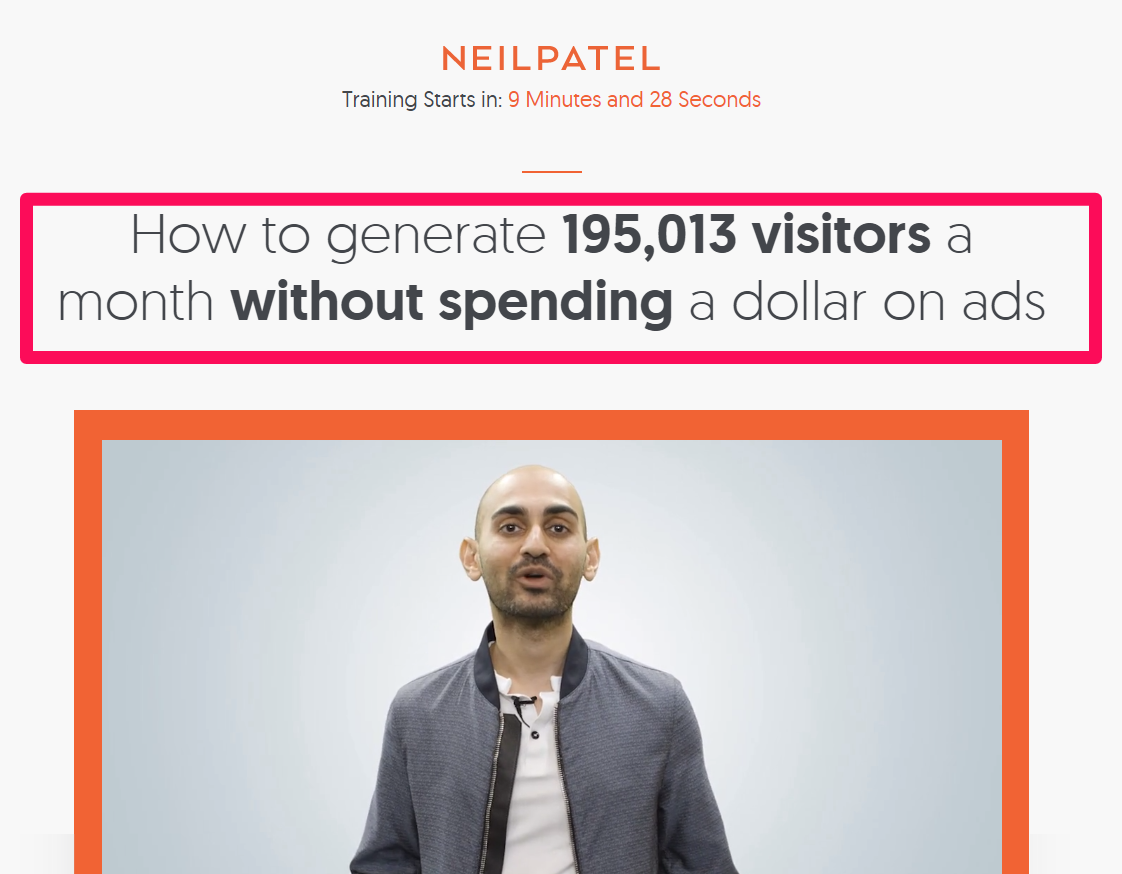
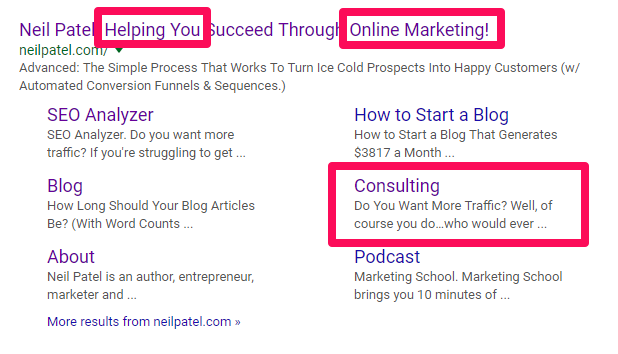
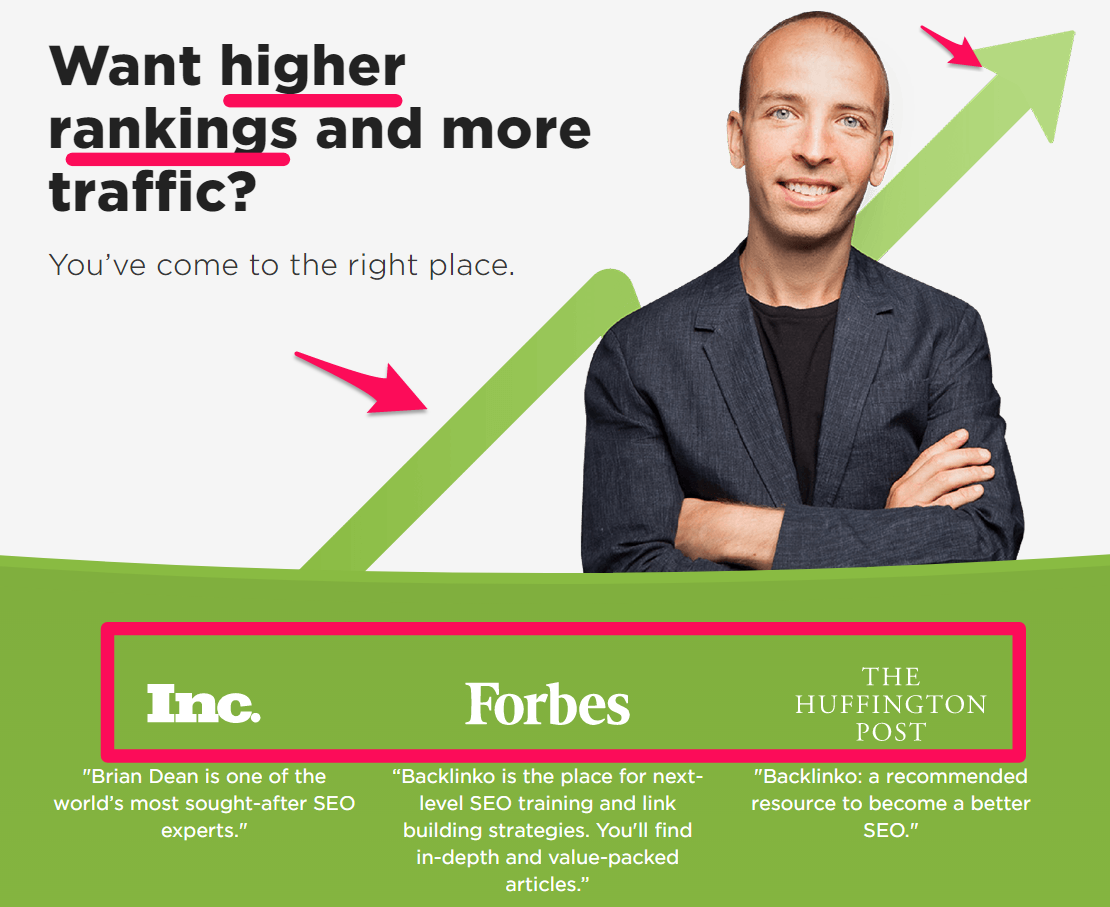


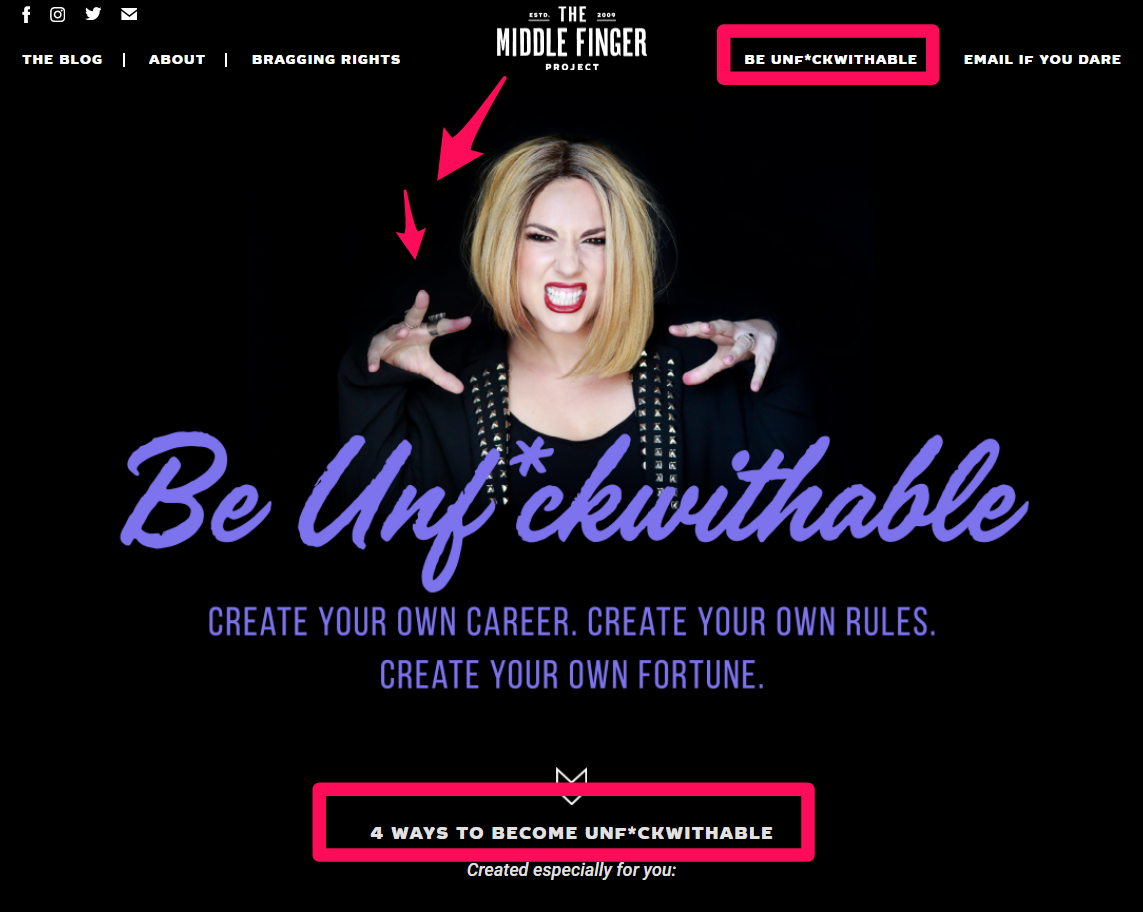
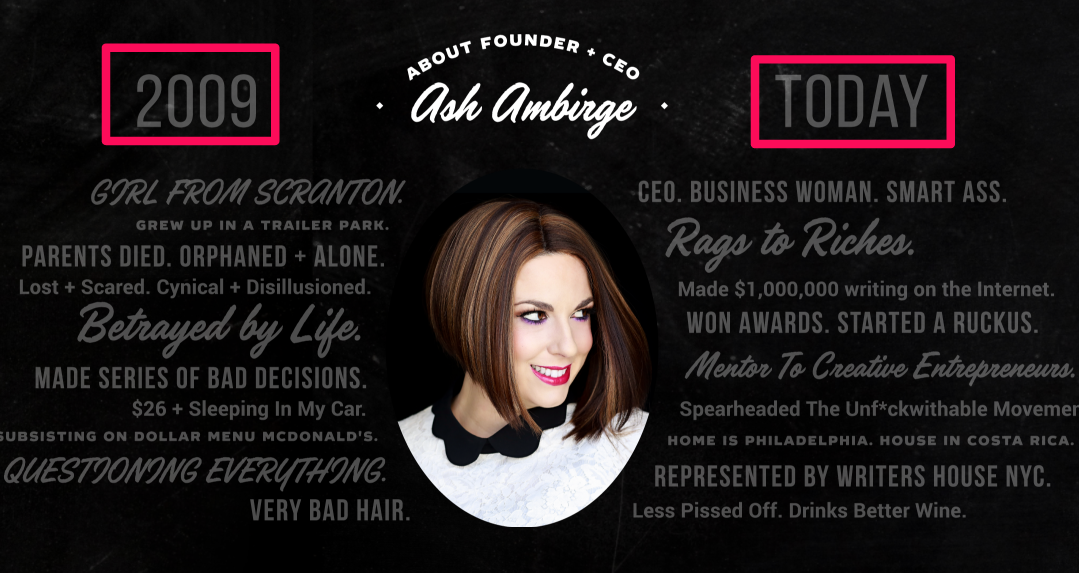




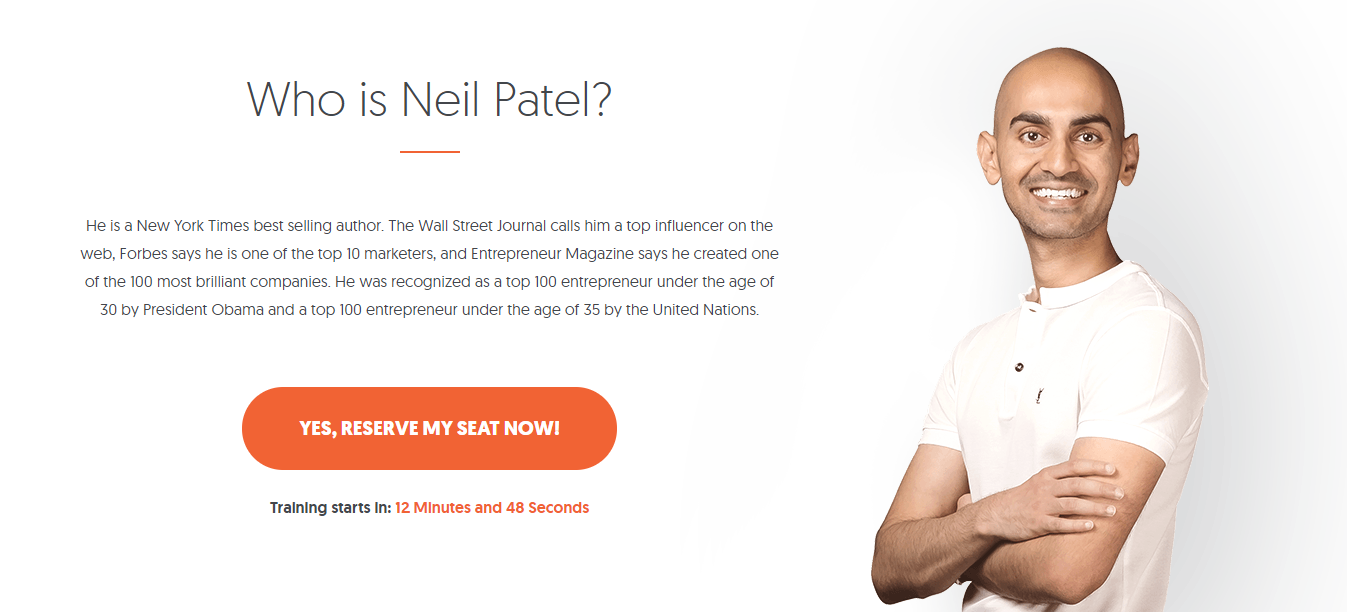

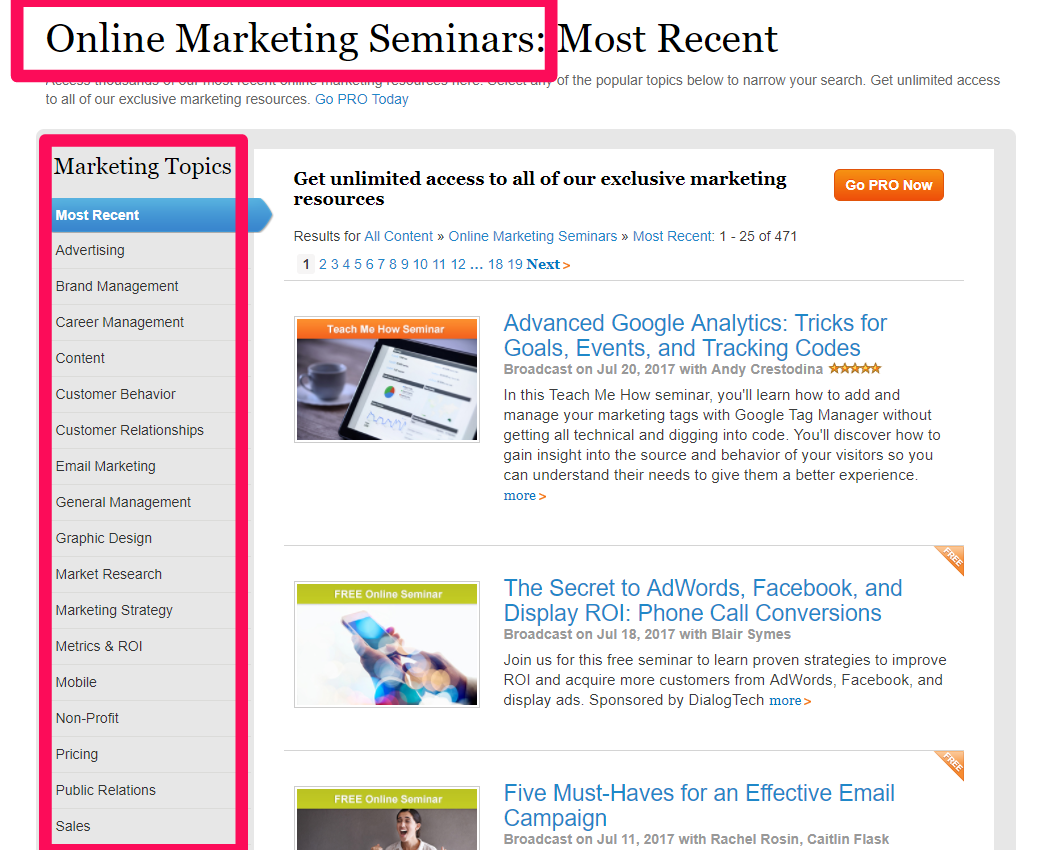
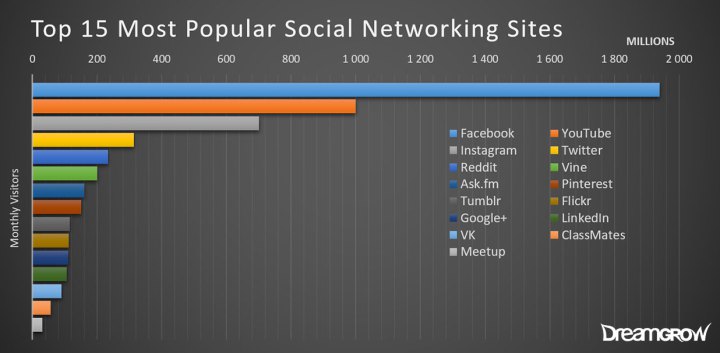

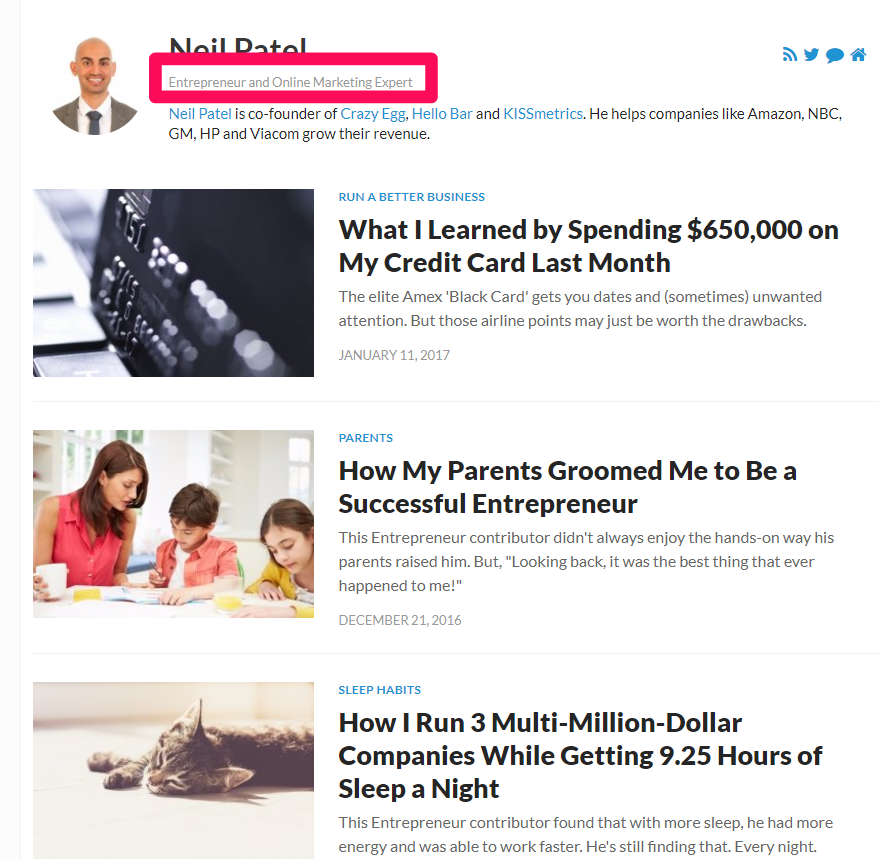



Comments (16)